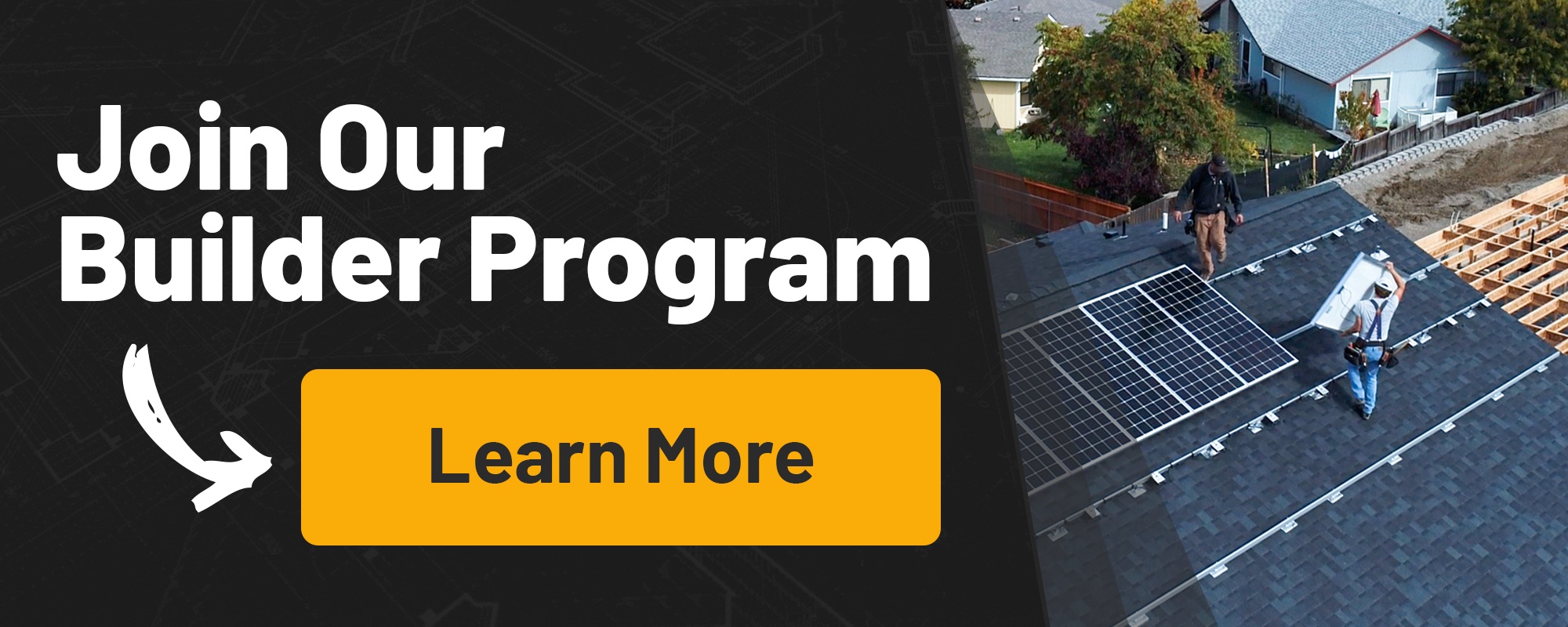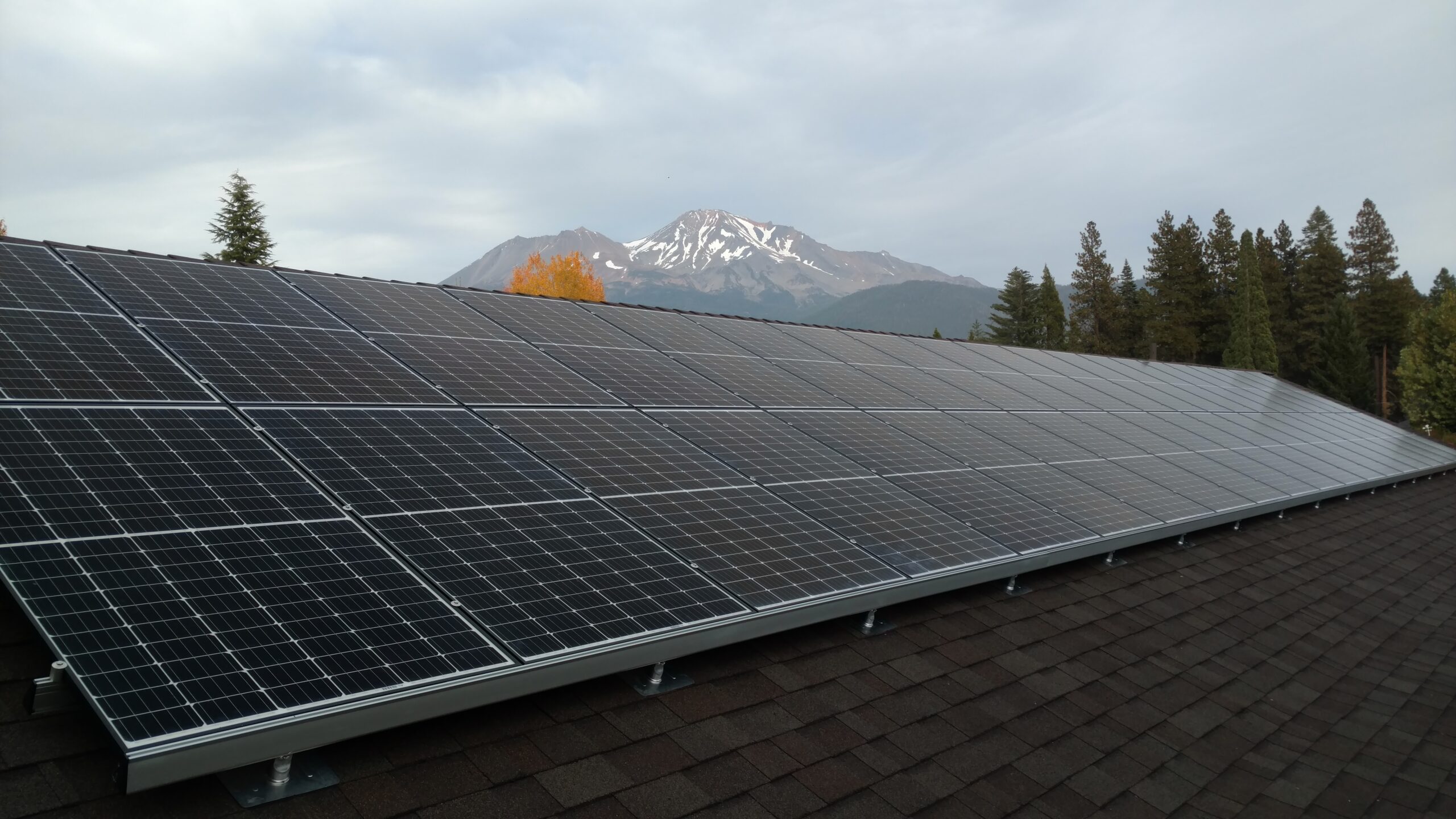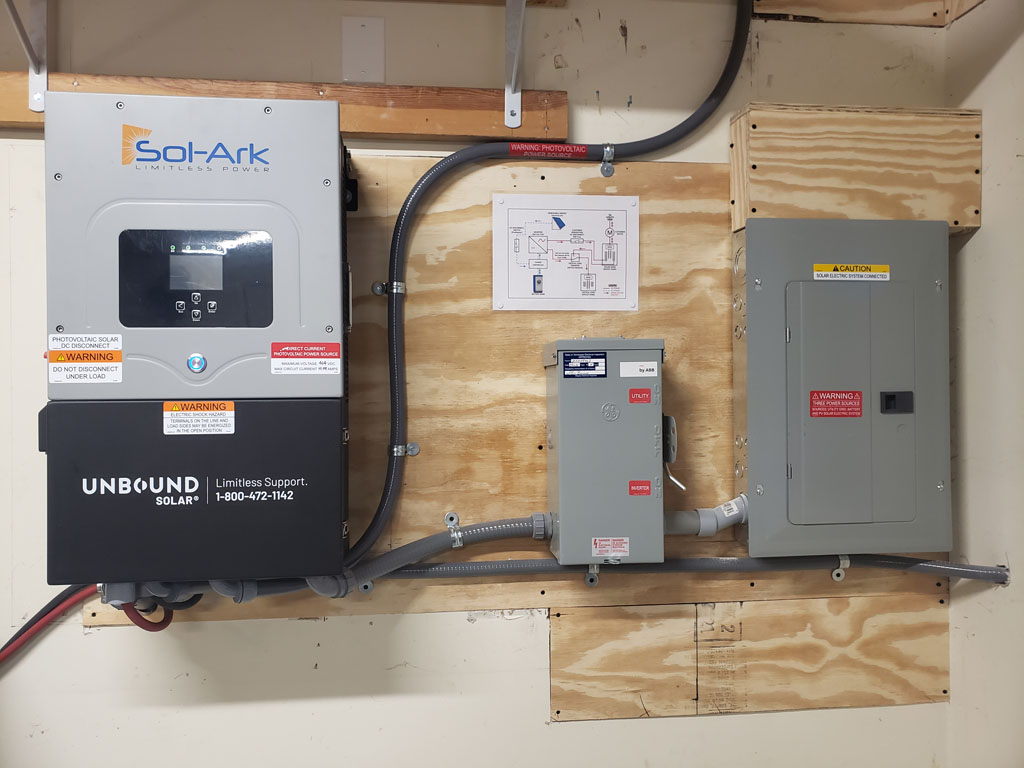Have you ever seen “LEED Certified” on a building?
Ever wondered what it meant?
If you’re a builder, you likely know already.
But to ensure there’s no confusion, the LEED stands for “Leadership in Energy and Environmental Design.”
The United States Green Building Council sponsors the LEED program, which provides the most widely recognized green building rating system globally with its certification program.
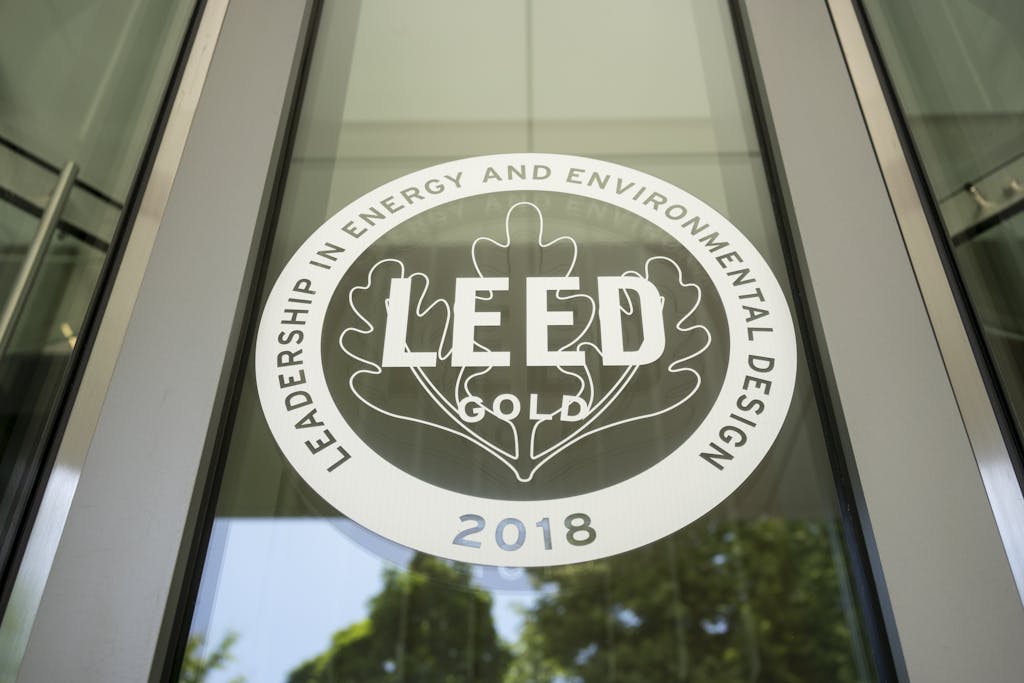
This certification applies to any building and construction phase – from retrofitted existing structures to new construction.
The LEED framework provides builders with guidelines for developing energy-efficient, healthy, and economically beneficial residential, public, or commercial structures.
More importantly, builders can earn LEED credits for solar energy installations.

Certification Levels and LEED Credits
Builders who participate in LEED have the option of getting their projects certified at four different levels, each based on the number of credits attained.
- Basic certification is awarded to projects earning between 40 – 49 credits
- Silver certification is for those that have attained 50 – 59 points
- Gold certification is for 60 – 79 accrued points
- Platinum certification level is the highest, reserved for projects that attain 80+ credits
Under LEED version 4.1 (the most recent iteration), there are nine credit categories with 127 possible credits.
Renewable energy falls under the Energy and Atmosphere category, which has a total of 33 possible LEED credits (builders must meet the standards for a minimum of 10 points in this category for certification), or 26% of the total credits.
Within the category are 10 standards for new construction, four of which are prerequisites and three relate to solar energy:
- Optimized energy performance
- Advanced energy metering
- Renewable energy
The Energy and Atmosphere category contributes to LEED certification, and renewable energy is a primary component.
Renewable Energy Intent and Tiers
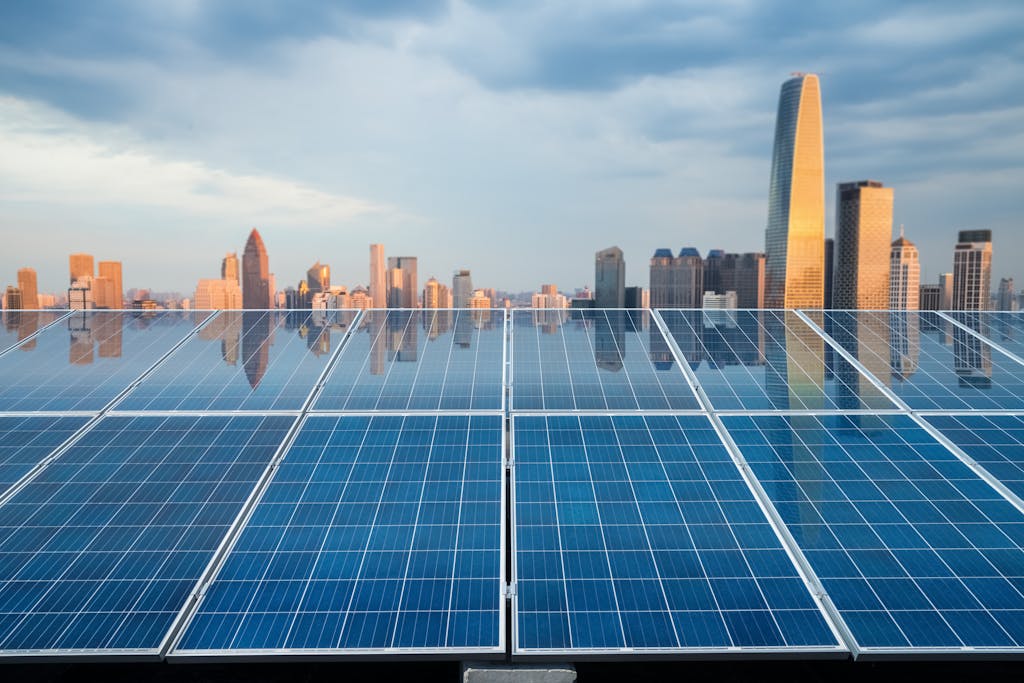
Solar panel installations fall under the renewable energy sub-category.
This standard intends to lower the environmental impact, greenhouse gas emissions, and fossil fuel energy production economic burdens.
A project’s renewable energy source can be located either on-site, off-site, or a combination of the two. Here are three tiers for renewable energy procurement.
Tier 1
The first tier is for on-site renewable energy procurement.
Builders accrue LEED credits for both rooftop solar panels and ground-mounted systems located at the project site.
Shared solar setups count as well, as long as they are installed on-site.
Tier 2
The second tier is for new off-site setups.
To be considered new, the electricity procurement source must be less than five years old.
The builder must verify that the system will be operational two years after occupancy for systems not yet set up.
Many industrial building projects have remote solar systems that fall under this tier.
New off-site systems must also be Green-e® Energy certified.
It is a separate certification system designed to ensure the entire chain of command’s reliability for the energy source.
To attain certification, builders must:
- Demonstrate that electricity is generated from a new facility
- The product is marketed accurately and with complete transparency
- That it is delivered to the purchaser when the energy attribute certificate is for more than 100% of the anticipated annual consumption levels for the project
- The purchaser must demonstrate sole ownership
Tier 3
This final tier is also for off-site renewable energy facilities but is reserved for those that don’t fall within the age range for Tier 2.
With this level, builders must still validate that the system is Green-e® Energy certified.
LEED Credits for Solar Energy Procurement
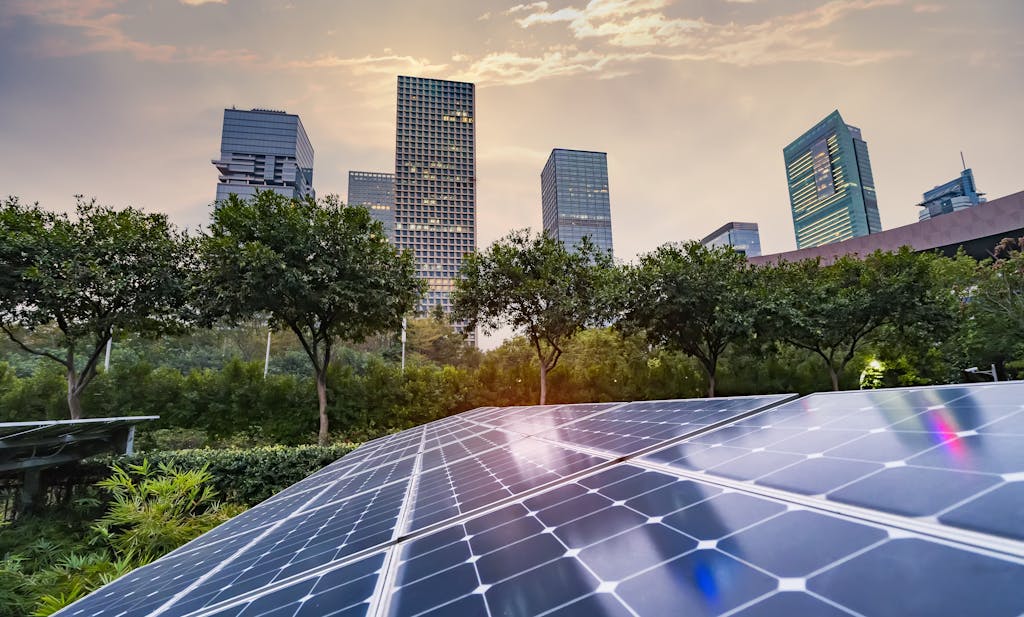
Builders can earn up to 5 points under the renewable energy sub-category.
The number of points received depends on the tier and the percentage of energy output the source supplies.
For Tier 1, the breakdown is as follows:
- 1 point = 2% electricity generation
- 2 points = 5% electricity generation
- 3 points = 10% electricity generation
- 4 points = 15% electricity generation
- 5 points = 20% electricity generation
Builders can utilize the electricity generation at this level in the greenhouse gas cost metrics associated with the Optimize Energy Performance credit category.
At the Tier 2 level, builders can also utilize generation to calculate avoided greenhouse gas (GHG) emissions in the Optimize Energy Performance category, using an hourly generation profile.
The point breakdown for new off-site renewable energy is one point for every 10% of the total electricity output, up to 50% for up to 5 LEED credits.
LEED Certification Benefits
At the beginning of his term, President Biden established new GHG pollution reduction goals for the U.S., aiming for a 50% – 52% reduction over 2015 levels by 2030.
Buildings account for approximately 40% of the total U.S. GHG emissions.
Therefore, achieving Biden’s goal requires builders to adopt green building practices at significant rates.
LEED certification offers both a roadmap to building sustainability and proof of steps taken.
Furthermore, LEED-certified buildings are cost-effective to build and maintain, profitable, and economically beneficial.
Environmentally friendly homes are in demand, leading to a 19% increase in LEED certification in the residential market between 2017 and 2019.
In the U.S., there were more than 400,000 LEED-certified single-family, multifamily, and affordable housing units in 2019.
For you as a builder, this is excellent news.
Energy-efficient building increases property values by at least 8% and often more than 10%.
LEED-certified structures see a higher rate of increase than more general environmentally friendly practices.
These economic gains are seen across the residential and commercial industries.
Solar Installations and Unbound Solar
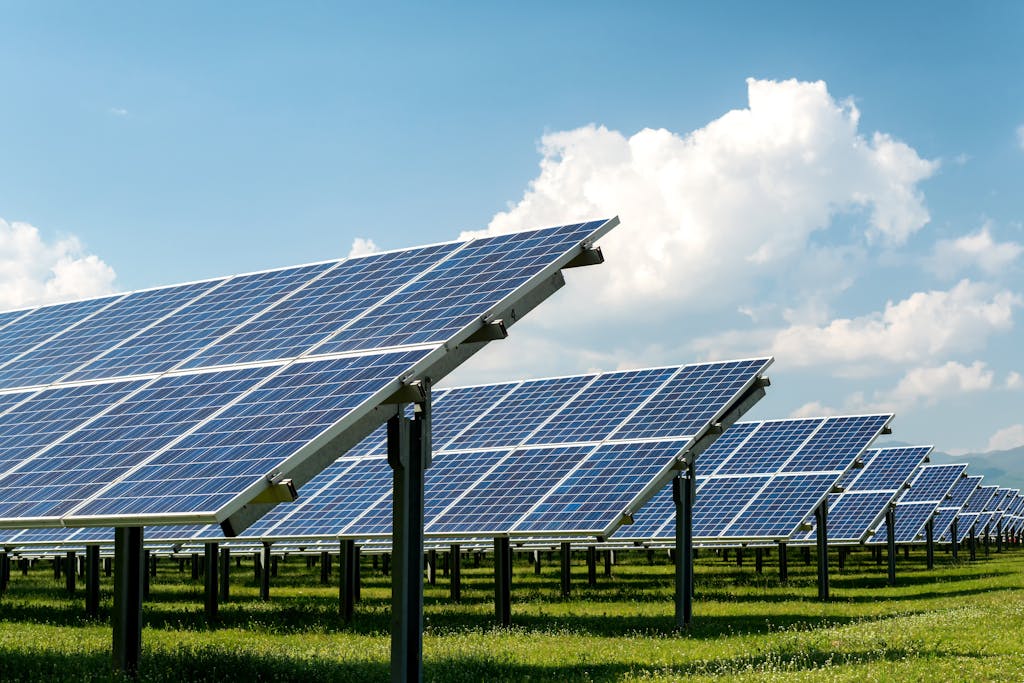
Unbound Solar® can help you make the most of your LEED credits for renewable energy.
Since our founding in 1992, we’ve attained the expertise you need for a successful solar design with LEED certification in mind.
When you partner with Unbound Solar, you choose the degree to which you want us involved.
We offer commercial business solutions that include complete commercial systems.
If you are a residential builder, our Homebuilder Partnership Program offers service choices, including:
- On-site training for your crew
- Collaboration on end-to-end solar designs that meet requirements for LEED credits
- Cost-effective installations
- Permitting, procedural, and installation support
If you need LEED credits, Unbound Solar can help you get them through solar system designs and installation.
Check off the LEED renewable energy requirements with ease and confidence, knowing you have an experienced team on your side.
Get in touch with us today to find out how we can help.
